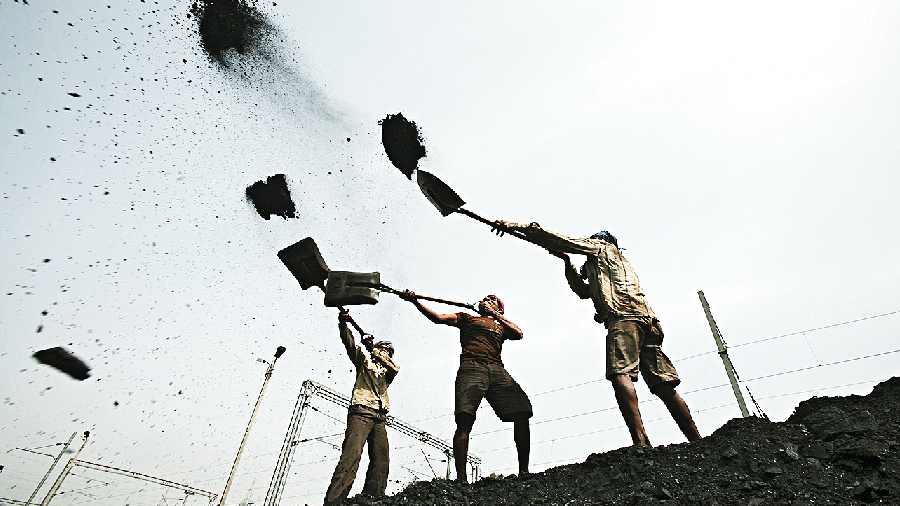The country’s largest miner Coal India does not anticipate a fuel supply crunch as seen last summer. Coal India chairman Pramod Agrawal, in an interview with The Telegraph said that there is no “dethroning” of coal as a major fuel source at least in the next two decades and touched upon a need for a judicious increase in the price of coal.
Coal India has an ambitious production target of 700 million tones (mt) in 2022-23. Based on the current production trend, what is the anticipation for March 31, 2023?
A: The target is definitely ambitious. We began FY23 entailing a quantum jump of 78 mt to breach the target. So far we have produced 61 mt more coal than last fiscal. Given the present production pace, we feel upbeat about sailing past the target by FY closure. On a progressive basis, we consistently maintained double-digit output growth. This was catalytic in bringing the annual asking growth rate down by nearly half to 6.4 per cent from 12.4 per cent at the start of the fiscal.
What steps are being taken by Coal India this year to prevent a situation seen last summer?
A: Such a situation is unlikely with improved production. We are augmenting our output capacity through the opening of greenfield projects and the expansion of existing projects. In the current fiscal we have started three mines with three more in the pipeline. During the past two financial years, CIL has approved a total of 52 projects which contribute to incremental capacity creation of an aggregate 378 mt/year. These will start contributing in a phased manner.
Coal India has managed a significant improvement in the bottom line in H1FY23 despite pressure on operational costs and wage negotiations. Can the trend persist without any increase in the price of coal?
A: Our consolidated PAT of Rs 14,878 crore in H1FY23 was the highest ever, for the first half of any fiscal till now, despite capping our prices close to five years. To balance the wage increase, provisioning has already begun on a quarterly basis starting Q2FY22. A price increase is necessary and bound to happen. The idea is we have to be adequately compensated and whatever the increase it should take care of our EBITDA. While protecting our bottom line we will also consider the impact on the price of energy in the country because the coal price increase has a cascading effect on various factors. We will take all our stakeholders on board and endeavour to balance the price increase judiciously.
What is the broader outlook of coal over the next 5 years especially since the country has set an ambitious target on renewables? How is Coal India gearing up to protect its future amid the shifting energy base?
A: Coal is not threatened by the onrush of renewables for now. Coal cannot be dethroned from its energy pedestal for the next two decades if not more. In a welcome move, renewables are growing but not at the brisk pace that they can effectively dislodge coal in the country’s energy basket. Till then coal continues to shoulder the baseload of India’s electricity generation. Coal India shall hold its energy leadership in the future as well.
We are also moving into solar power generation aiming at 3 GW generation by FY24. In the wake of increasing energy demand, I feel, no single fuel can cater to the entire demand and it has to be a mix of all available sources. Coal India will be strongly contributing its share.
What are the digitization initiatives being taken at Coal India to improve operational efficiency?
A: Digitisation and automation are not a choice but an imperative to compete in the open market and increase transparency and operational efficiency. In a first of its kind, we are going for digitalization of the mining process in 7 select OC mines in SECL and NCL to extract additional quantities of coal at lower costs by 2024. We are pursuing fully automated coal loading through the CHP/Silo combination.
ERP implementation hastened efficiency in major modules like payroll, finance, materials management, personnel, production, sales and marketing. The whole idea is to increase productivity, widen the consumer base and decrease import dependency.











